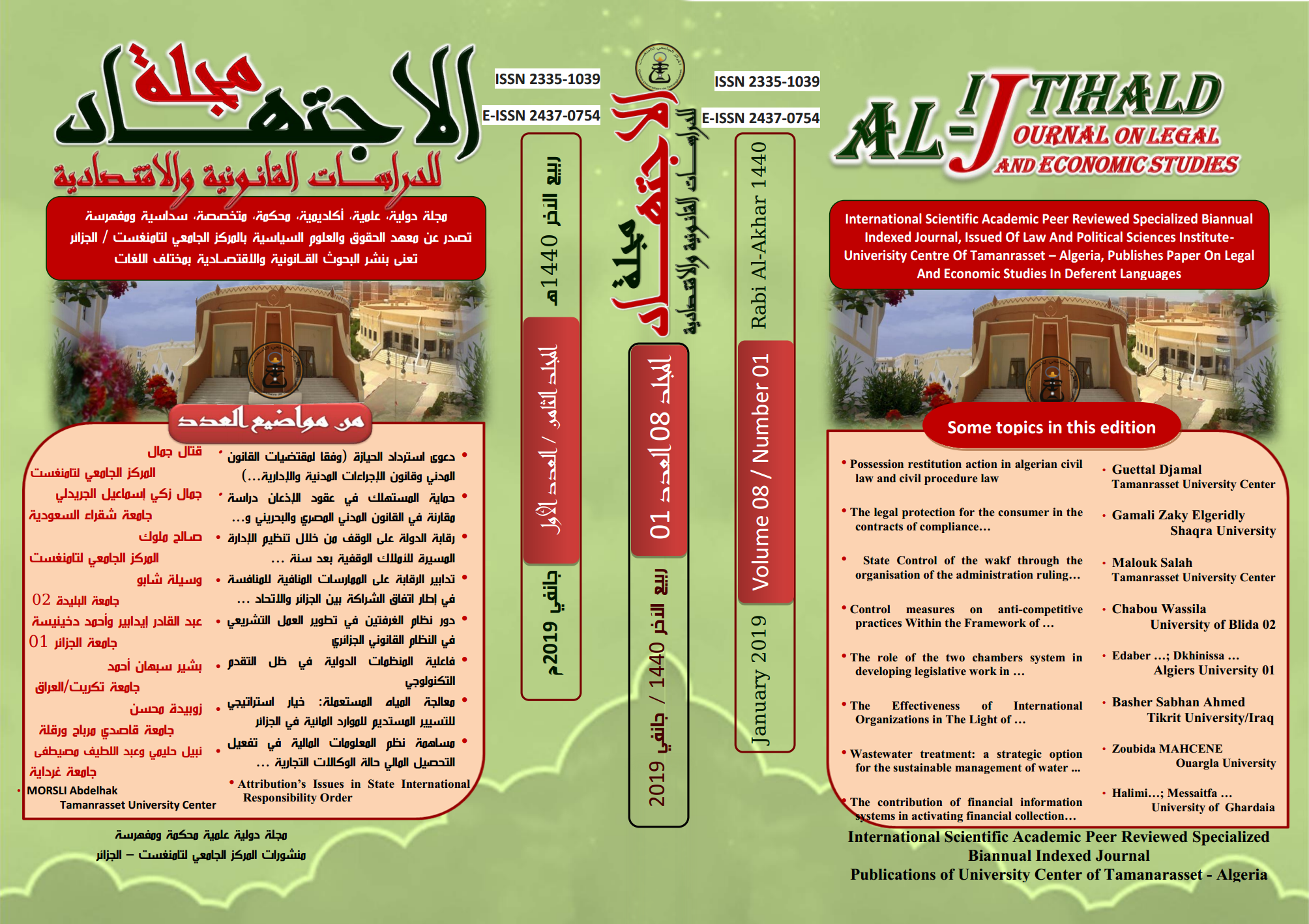The Coup d' etat's Effect on the Lawful President according to Islamic Jurisprudence and Secular Law; A Comparative Study
DOI:
https://doi.org/10.36540/5j0ym008Keywords:
coup d' etat, lawful president, Islam, secular lawAbstract
The study aimed at investigating the effect of the coup d'etat on the presidency according to the Islamic and secular Laws. The study used the comparative methodology to reach the targets in question. To gather the required data, a review of literature was administered. The study came to the conclusions that: first, the Islamic Law ordains that the coup d'etat on the lawful presidency is not permissible. In case of its occurrence, it has no effect on the lawful president if it is possible to him free. But, if it not possible to do so and the conspirators have appointed a president, his term is to be ended and a new candidate for presidency ought to be nominated. If the conspirators have not appointed a president, the captivated president is still in office and the vice president is entitled to do his jobs until he is released; second, the secular dictates that the coup d'etat has no effect on the lawful president whether he is in capture or not; third, the viewpoint of the Islamic Law excels the secular legislation since it is not acceptable to cling the fate of the nation to the fate of the captivated president. In the light of these findings, it is recommended to reconsider the constitutional acts relating the reasons that end the presidency term to go line in line with what the Islamic Law decides to put into practice the text of the Second Act of the 2014 Egyptian Constitution that stipulates that Islam is the main source of legislation.
Downloads
Published
Issue
Section
License
Copyright (c) 2025 Alijtihed Journal on Legal and Economic Studies

This work is licensed under a Creative Commons Attribution-ShareAlike 4.0 International License.
This work is licensed under a
Creative Commons Attribution-NonCommercial 4.0 International License.










